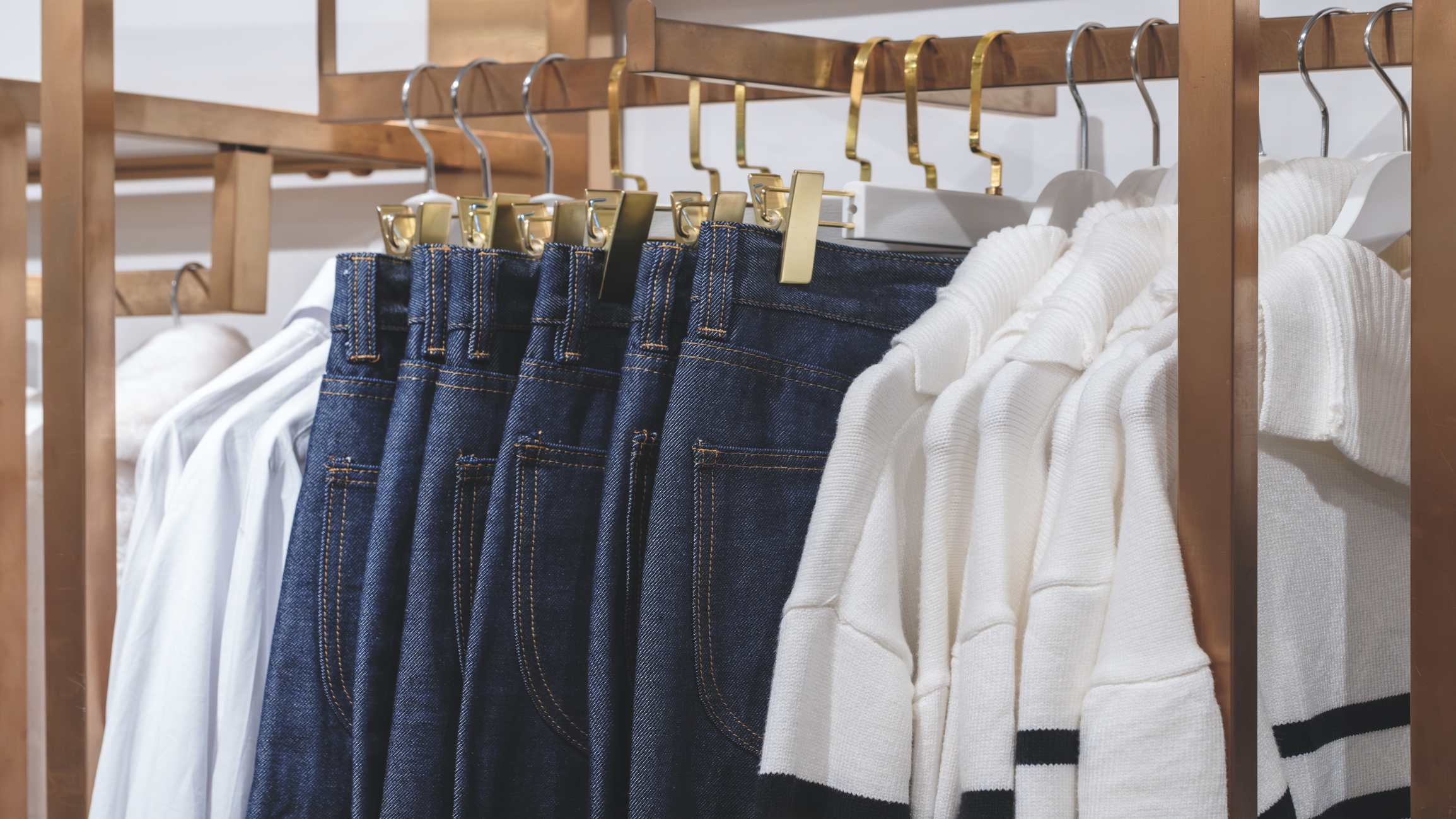It’s no secret that fast fashion and major brands have embraced petroleum-based textiles like polyester and acrylic. It’s to the point that nearly 70 percent of clothing is made of polyester and other synthetic fibers, according to EarthDay.org. However, that is not the case with smaller, independent designers and brands.
The natural world has so many more interesting textures out there, right? And in so many ways, that’s what I want to bring to my pieces and to my customers.
Naomi Mishkin, Artist & Designer, Naomi Nomi
“We want the best for ourselves so why not give the best to our customers,” asked Lolita Malone, co-founder and head designer of New York-based Maui x Lolita, in an interview with the Lifestyle Monitor™. The brand, which held a runway show during New York Fashion Week in September, uses cotton, denim, linen and silk in its collections and is looking to increase its natural fibers to 70 percent-to-80 percent for its Fall/Winter 2025 offering. “When we look at the harm synthetic fibers do, we have to do our part to eliminate the problem. We can’t control what other brands do, but we at MxL must be part of the solution, the bigger picture.”
Naomi Nomi, a Brooklyn-based brand founded by artist and designer Naomi Mishkin, says she works with natural fibers for their quality, durability, and sustainability aspects.
“I’m a materials person and I love the natural materials in the world,” Mishkin said in an interview with the Lifestyle Monitor™ during the Woman SS25 NYC show. “The natural world has so many more interesting textures out there, right? And in so many ways, that’s what I want to bring to my pieces and to my customers.”
Leaning into natural fibers is a smart move on an indie designer’s part. Consider nearly three-quarters of all consumers (73 percent) say their favorite fiber or fabric to wear is cotton or a cotton blend, according to the 2024 Cotton incorporated Lifestyle Monitor™ Survey. That’s trailed significantly by polyester (3 percent), silk (3 percent), wool (1 percent), Lycra and/or spandex (1 percent), and rayon (0 percent). And the majority of consumers (62 percent) say they are willing to pay more for natural fibers such as cotton.

The large majority of shoppers (81 percent) also say they think better quality garments are made from all-natural fibers such as cotton, according to Monitor™ research.
That’s something Mishkin feels is at the core of her brand.
“I have no interest as an artist in making an object that’s not going to be loved, used, abused and handed down for generations,” she said. “So, it needs to be durable and have quality. I want it to last. The idea of making a shirt that doesn’t get worn is anathema to me. And it’s not just the idea that I’m wasting the Earth’s resources or cotton resources. Anyone who has ever made something realizes that the only thing potentially even more precious than the Earth’s resources is time. And making something that never gets worn is wasting a seamstress’s time. And I would never want to waste either of those things.”
Katia Dion represented Mercy House Studio, a Montreal-based brand, at the Woman NYC Show. In an interview with the Lifestyle Monitor™, she said the brand works with natural fibers like cotton because of demand.
“People ask for that,” Dion explained. “Especially because we are niche and we are in independent stores – it’s what that customer wants. Also, in Canada and in the West Coast, the consumers are sensitive to polyester. They can feel if a material is natural or [synthetic]. So, they’re looking for the quality and the touch. And when it’s natural, your body can breathe. It’s not like you’re stuck in something. Really, it’s a new world and we need to follow that.”
The natural factor holds a strong appeal for consumers, more than half of whom (55 percent) say a garment that has more cotton in it than other fibers is more comfortable, according to the Monitor™ research. They also feel cotton-rich clothing is softer (51 percent), better quality (44 percent), more natural (36 percent), and lasts longer (28 percent).
Of those consumers who look at the fiber content label before purchasing a garment, fully 70 percent say they are looking for cotton or cotton blends first. And among the shoppers who look for cotton/cotton blends when reading a fiber content label, 65 percent say they look for at least 60 percent cotton, according to the Monitor™ research.
Mishkin also points out the sustainability factor of natural fibers and that plastic has its place in the world, but not in clothing.
“A shirt doesn’t have to be plastic,” Mishkin said. “Underwear doesn’t have to be plastic. The microplastics just go into the water and they don’t break down.”
Nearly half of all consumers (45 percent) say they are aware of current concerns about clothing microfibers polluting the planet’s oceans and waters, according to Monitor™ data. Of those who are aware, 65 percent know it comes from apparel made of synthetic, petroleum-based fibers during washing.
“We might feel that these things are so minute that they won’t affect us now, but everything adds up,” Maui x Lolita’s Malone said. “A hundred years ago, plastics and microplastics were not a problem. But 100 years from now, it will be one of the most significant environmental issues the world faces. So, in order to protect our future generations, we must not live as if they don’t matter. We cannot treat the world like a garbage can because it’s not affecting us. It has been and will be a problem for all if we don’t change our habits now.”
